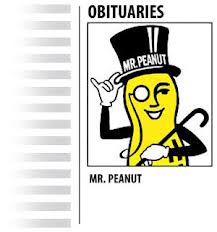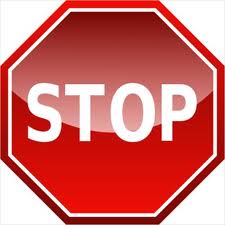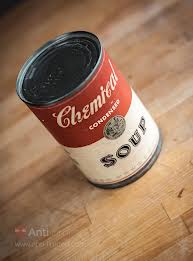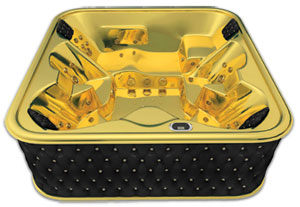There I was at a water care training course, and the instructors were discussing the topic of ‘Bather Wastes.” They were explaining how the 1-3ppm of chlorine level was established as the safe range to kill off contaminants that are present in pool and hot tub water. This information was valuable to learn but wasn’t what I would consider, memorable. That is, until someone put up their hand and asked a very simple question:
What are some examples bather wastes?
The instructor was a little hesitant to answer the question directly. Now everyone there was captivated and we prodded a bit more as a class. So, the instructor said, “Fine, if you really want to know I’ll tell you. But, once I do you will never be able to forget it?”
I will also reiterate that to you who are reading this. Stop here if you don’t want to know, cause it’s true, once you know you won’t forget.
Ok, you’ve been warned.
Here we go.
Bather waste includes the following:
- Dead skin cells
- Hair
- Cosmetics/Soaps
- Sweat/Urine (chemically almost identical)
- Bodily fluids (up to 1 Pint from an adult in 20mins of Hot Tub use)
Not too bad, right. Here’s the kicker:
- A peanut sized amount of fecal matter
That’s right, an adult human on average has a peanut sized amount of fecal matter on their body at all times. (just to clarify, peanut refers to the nut only, not the outer shell, that would be…nuts)
You’re never going to forget that are you?
I thought long and hard about whether to share this info with the public on this blog. But I wanted to tell you the truth about everything related to hot tub and pool water care I have learned. My reason for sharing this is in the hope that it helps you understand the importance of proper water sanitation.
I often have conversations with customers about sanitation and many have stated, “I don’t like to use that much chlorine/bromine.” To which I respond, “you don’t know about the peanut do you?”
If you think about, the amount recommended for hot tubs and pools isn’t that much anyway. 1-3ppm. That is 1-3 parts per million. Or in other terms, 1-3 milliliters per liter or 1-3mg/kg of water. Enough math. It’s a tiny amount.
When you really stop to consider what that small amount can protect you from it really changes your perspective on it. It protects you and your loved ones from, not only all the bather wastes listed above, including everyone’s peanut, but also from other harmful water borne pathogens like cryptosporidium and giardia. That small amount acts like a super-hero instead of a super-villian. 
We could call it.
PEANUT BUSTER
Maybe not.
In a future article I’ll discuss some common myths about chlorine and some products and equipment you can use to assist the chlorine/bromine in cleaning your water. We’ll call them, ‘the sidekicks.’
Thanks for reading.




